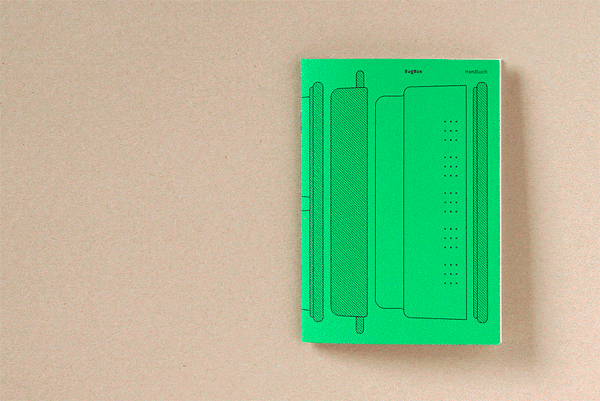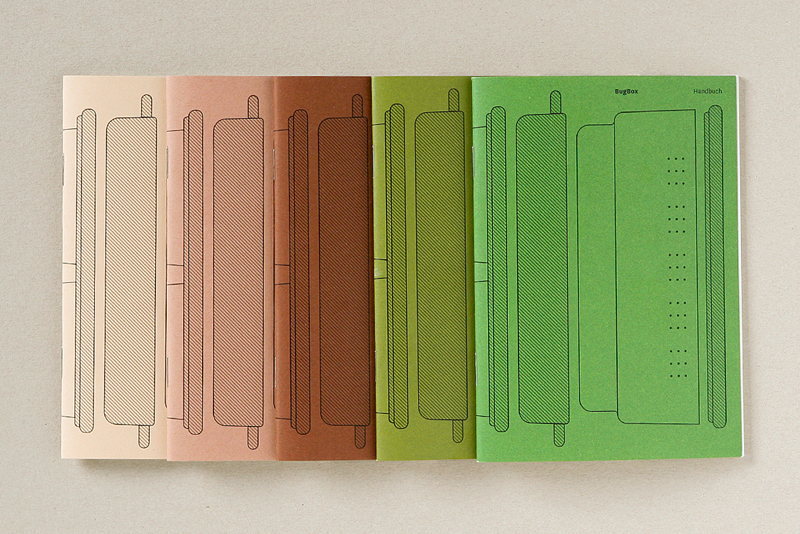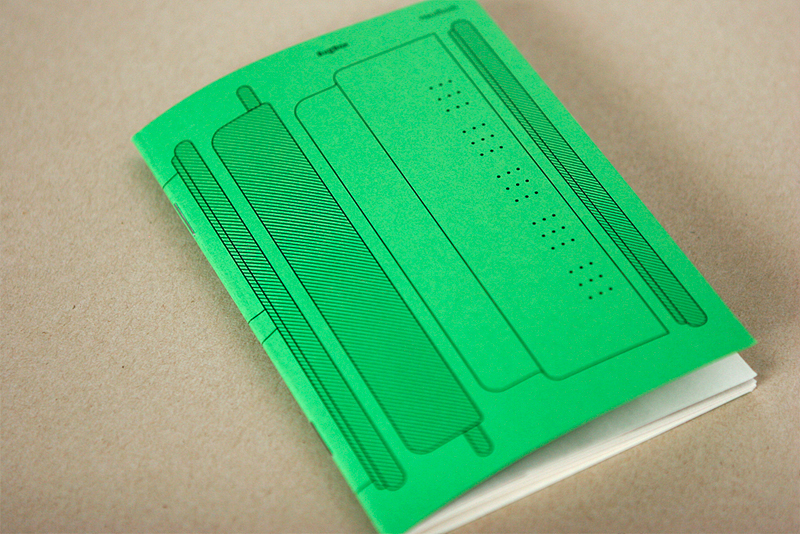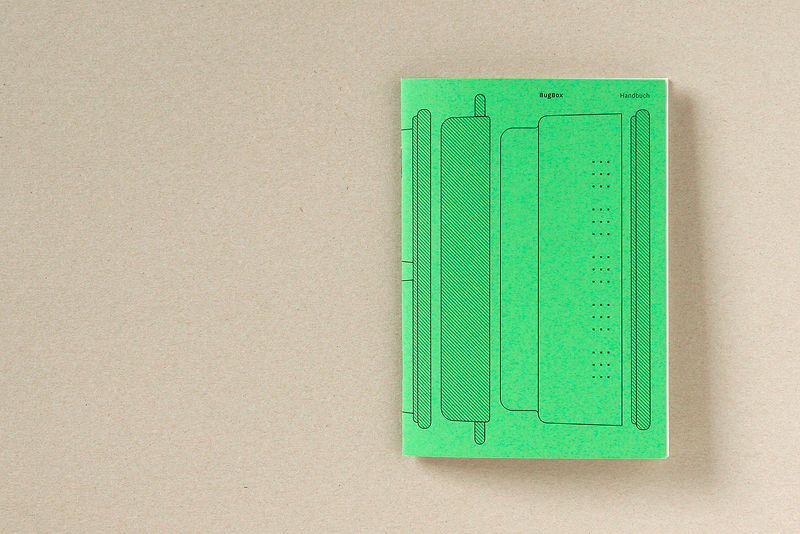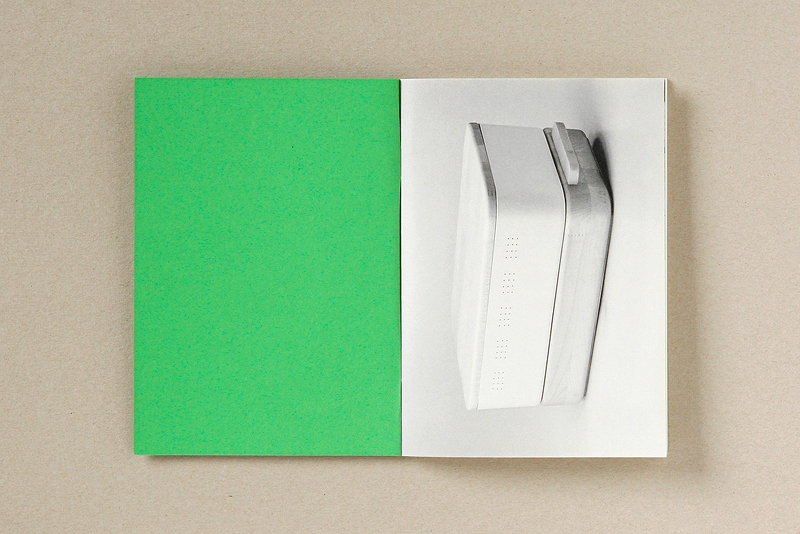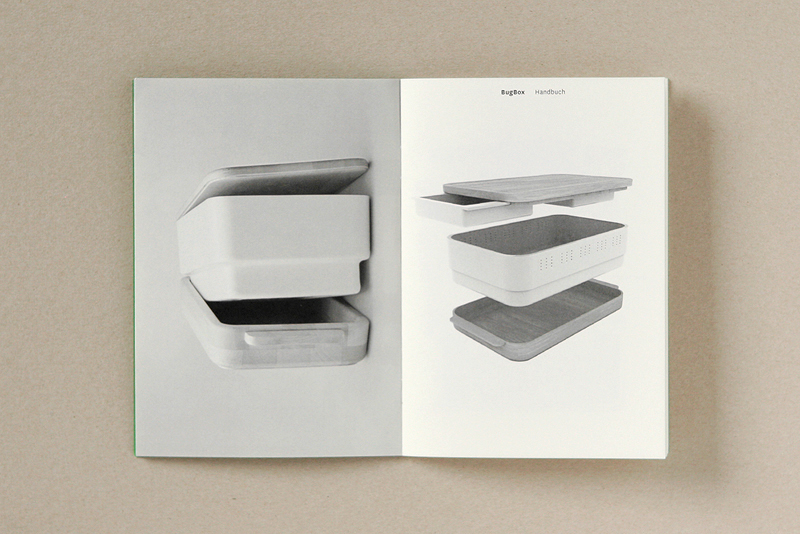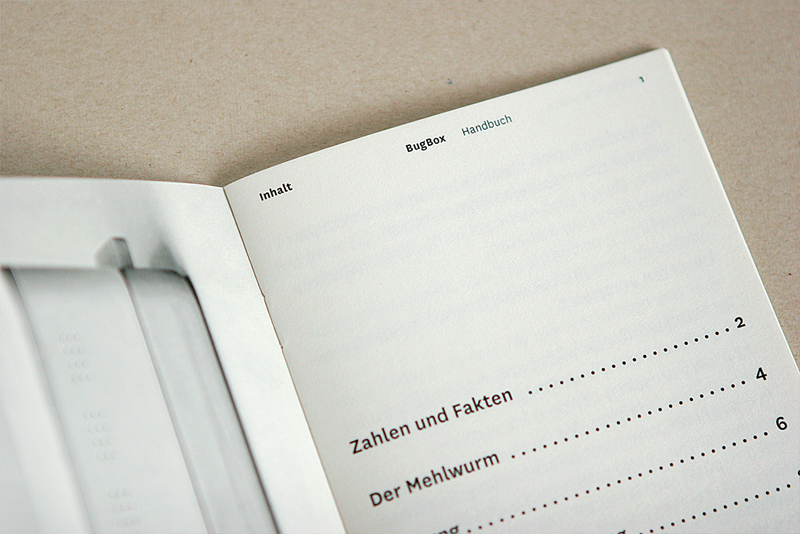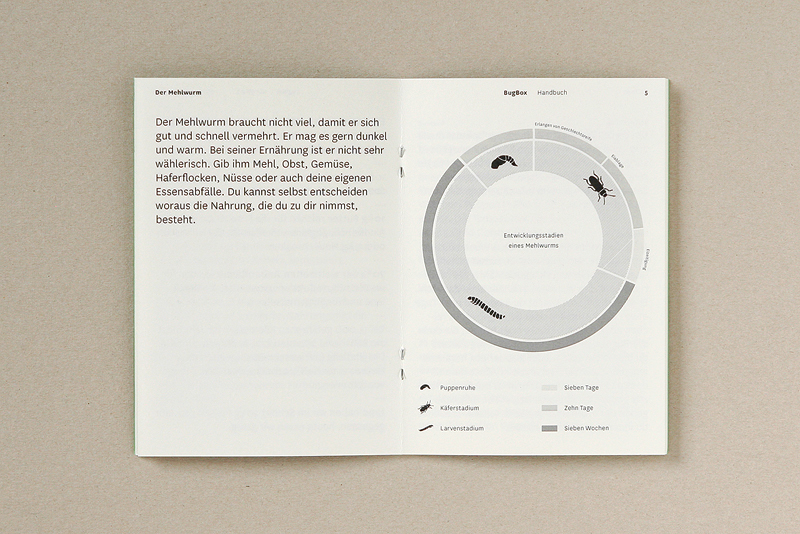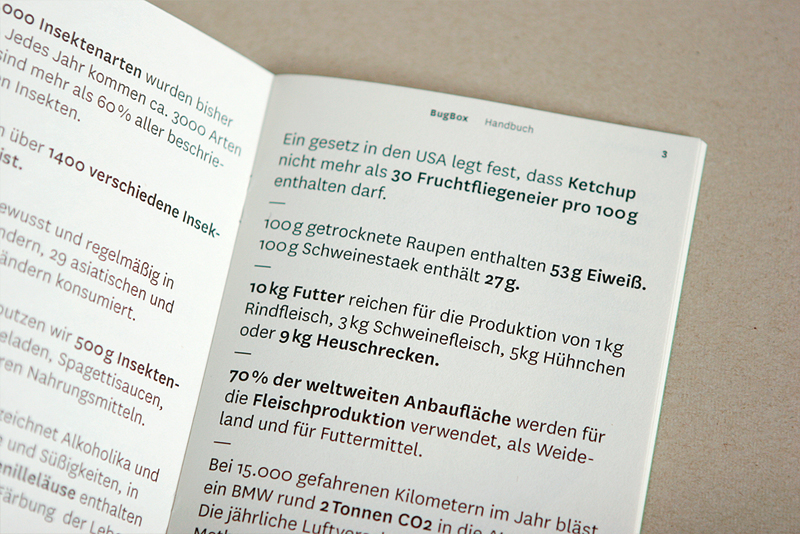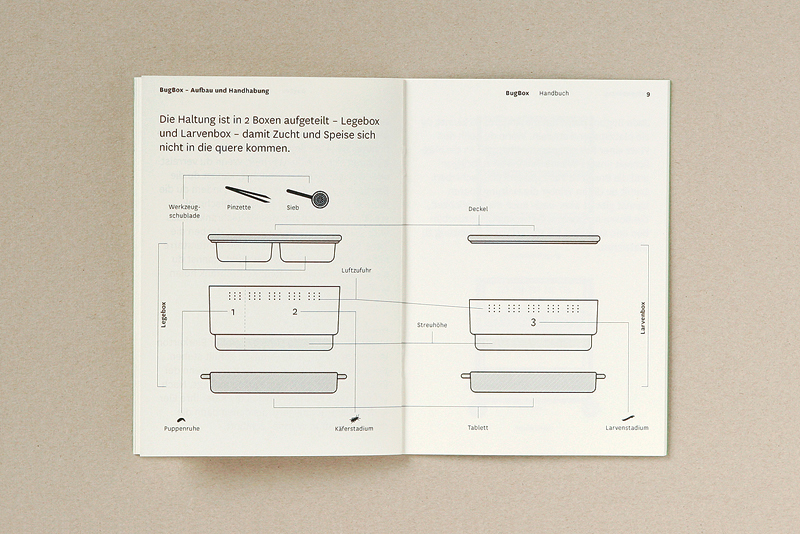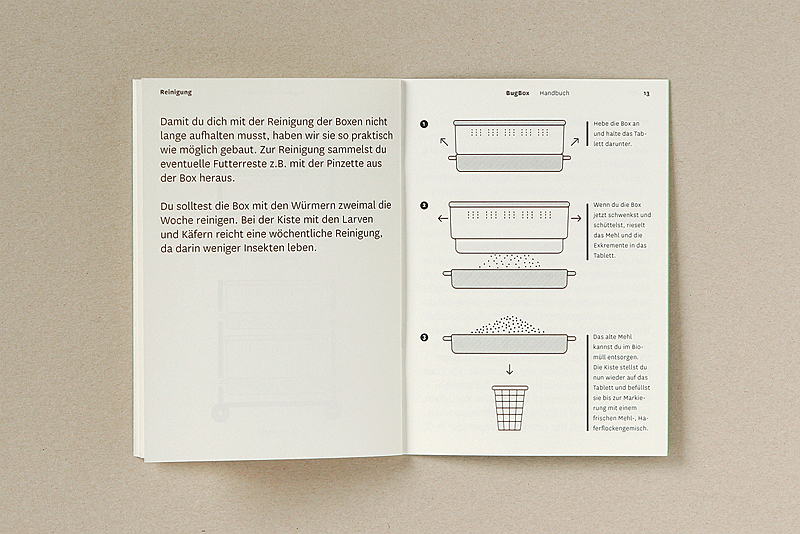Inspiration
Currently there are 7 billion people on earth. In 2050 it will even be 9.1 billion. If we stick to our current lifestyle, we will need three earths to guarantee food supply for everyone. Already today there is famine and many people seldom or never get nutrient-rich food as we know it. This is why nutritional requirements in some countries of Asia, Africa and South-America are met by eating insects – a strange idea for Europeans caused by cultural disgust. Nevertheless, these habits and customs can deliberately be given up as fast as they have been socially acquired. Caused by lack of pasture and the continuously rising prices for meat, we are in need of an alternative to conventional meat.
Currently there are 7 billion people on earth. In 2050 it will even be 9.1 billion. If we stick to our current lifestyle, we will need three earths to guarantee food supply for everyone. Already today there is famine and many people seldom or never get nutrient-rich food as we know it. This is why nutritional requirements in some countries of Asia, Africa and South-America are met by eating insects – a strange idea for Europeans caused by cultural disgust. Nevertheless, these habits and customs can deliberately be given up as fast as they have been socially acquired. Caused by lack of pasture and the continuously rising prices for meat, we are in need of an alternative to conventional meat.
Distinction
of the 5.th International Marianne Brandt Award
category „Cradle to Cradle“
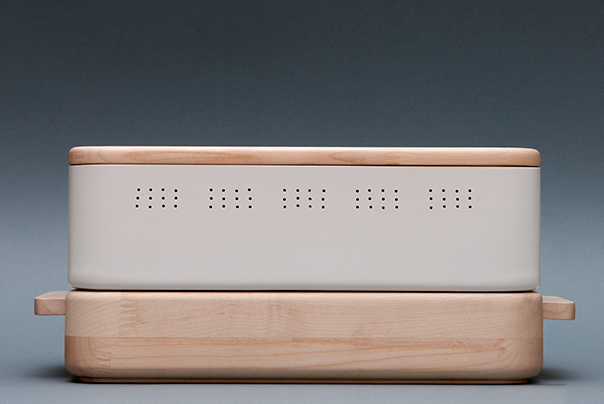
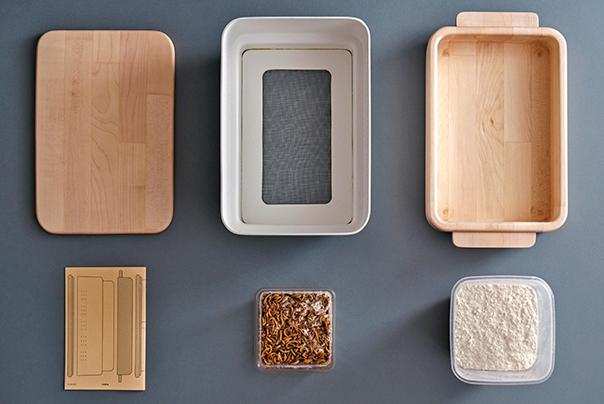
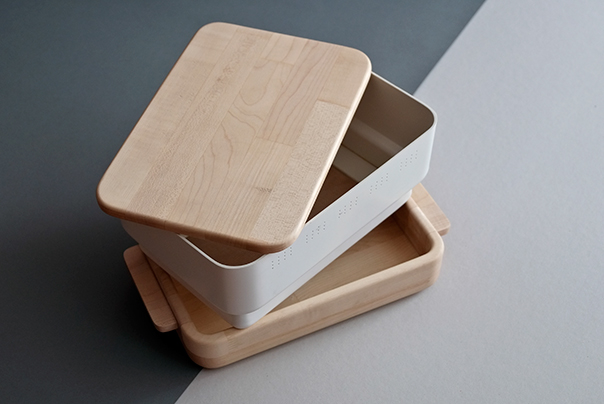
Function
In contrast to meat produced in conventional animal husbandry, insects contain more proteins, cause less emissions and need less food compared to livestock. Furthermore, there is no need of drug treatment to survive mass farming. The space-saving placing of insects in the BugBox enables adequate animal housing and breeding at home. There are not only ecological advantages (like the elimination of transport) by becoming a self-supporter in terms of breeding and consumption of insects. The origin of food is transparent because of home farming and breeding. You eat what you feed yourself. A BugBox filled with flour worms supplies a 2-person-household with meat for one week. For breeding, a second stackable BugBox is needed, in which the pupae and bugs are kept. The worms live in flour which is their main food. There is a sieve to facilitate and time-shorten care and cleaning. To clean the box you lift it from the tray and simply dump the flour into it.
